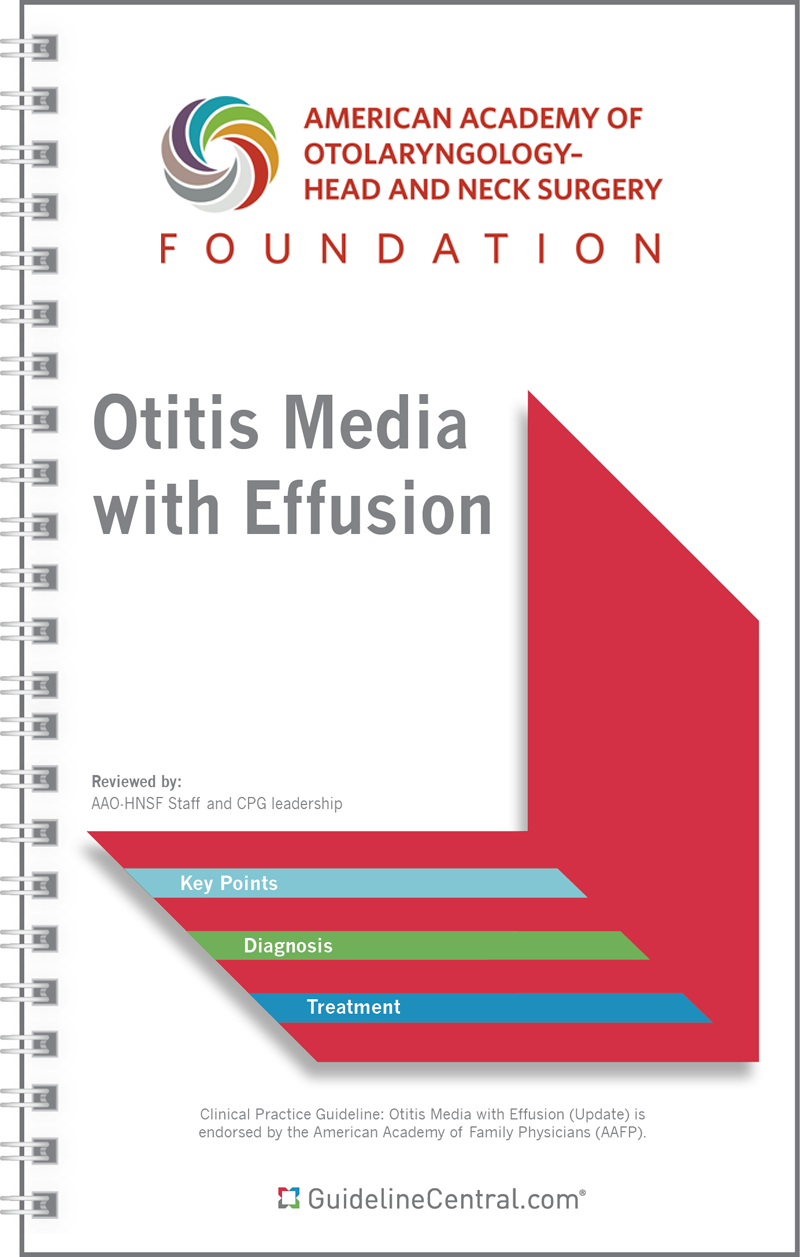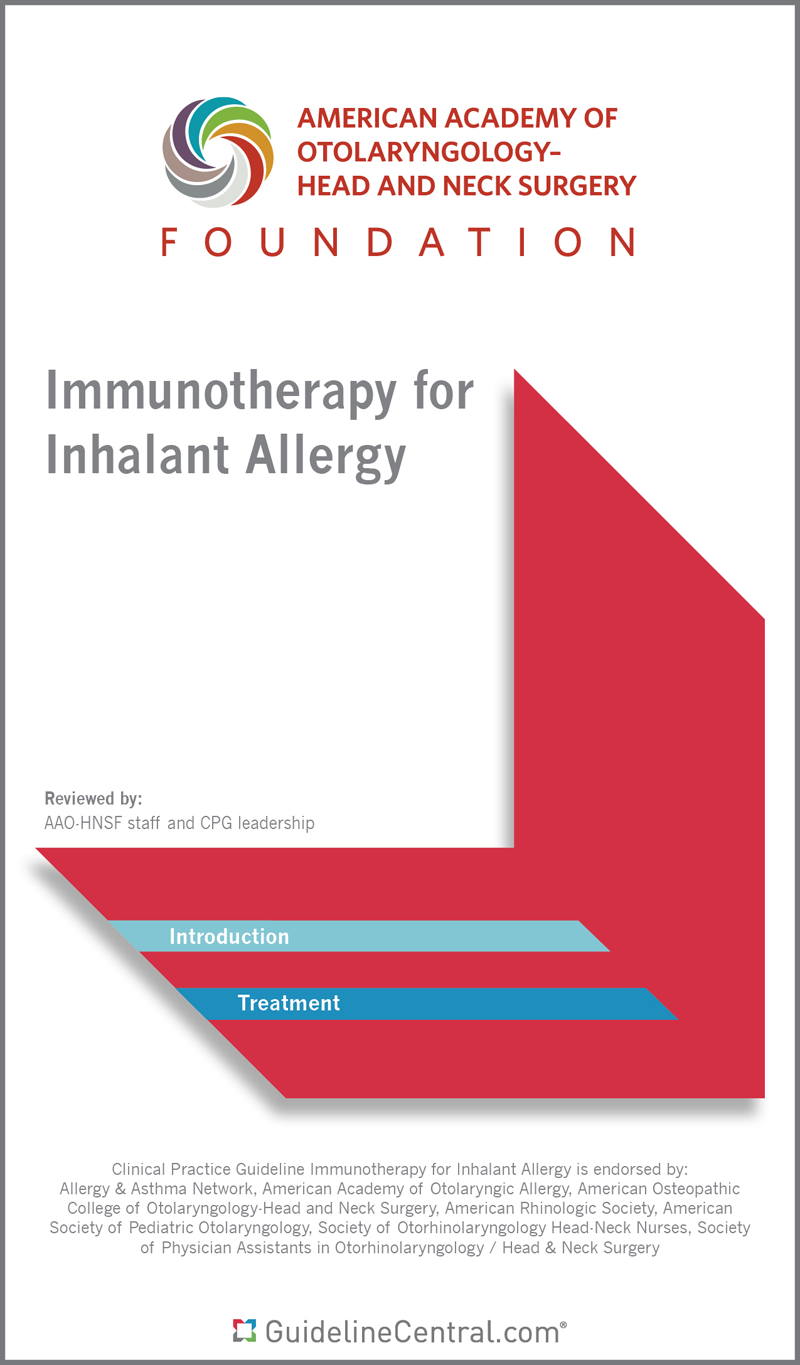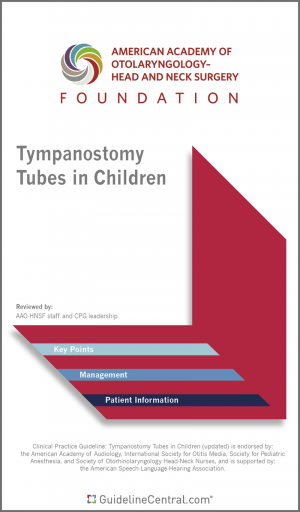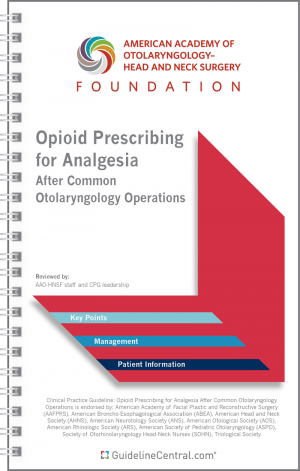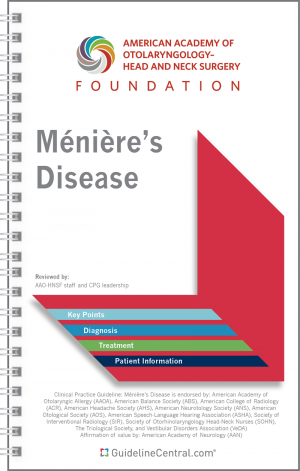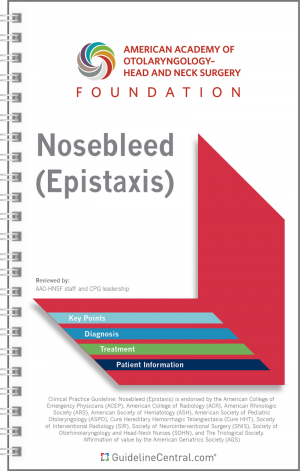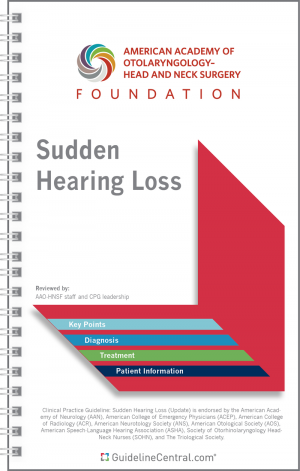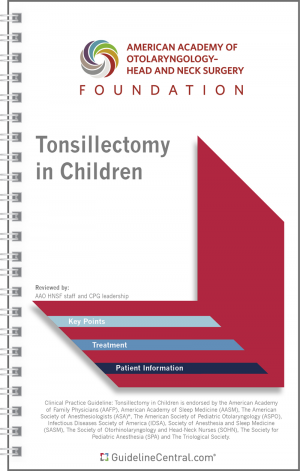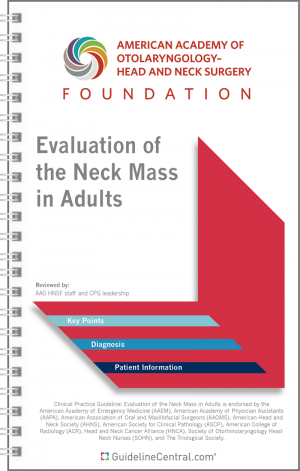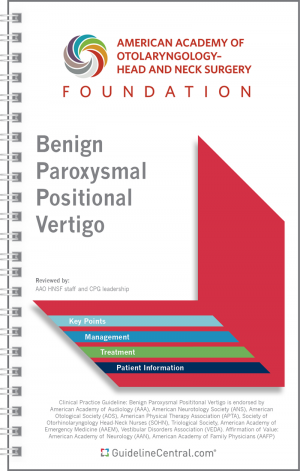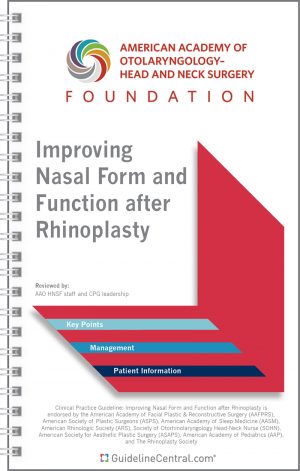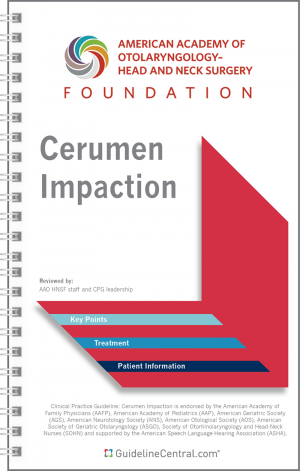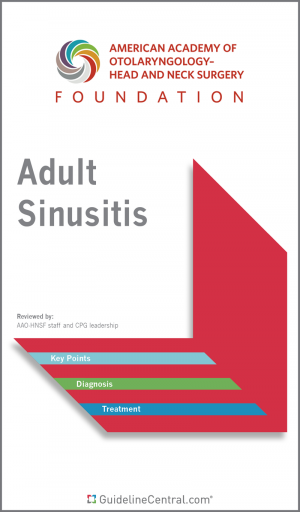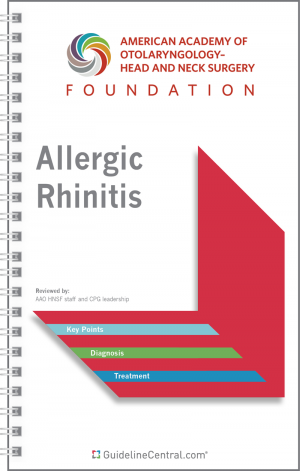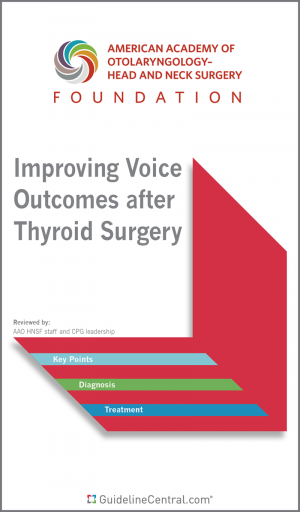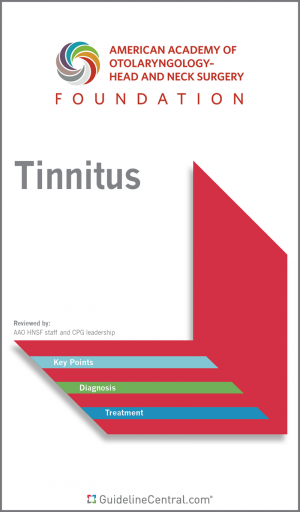Otitis Media with Effusion
- 22 pages
- Spiral Bound
- 80# Aqueous Coating
- 4.25" x 7.25"
- Ships in 5 – 10 business days
- Key Points
- Tables
- Abbreviations and Definitions
- Summary of Guideline Key Diagnostic Action Statements
- Practical Tips for Performing Pneumatic Otoscopy
- Risk Factors for Developmental Difficulties
- Summary of Guideline Key Treatment Action Statements
- Evidence-Based Recommendations for Tympanostomy Tube Insertion
- Shared Decision Grid for Parents and Caregivers Regarding Surgical Options for OME
- Frequently Asked Questions: Understanding Ear Fluid
- Frequently Asked Questions: Ear Fluid and Newborn Hearing Screening
- Frequently Asked Questions: Treating and Managing Ear Fluid
- Strategies for Improving the Listening and Learning Environment for Children with OME and Hearing Loss
- Counseling Information on Otitis Media with Effusion, Speech, and Language Development
- Figures
- Location of the Middle Ear Space
- Comparison of OME with AOM
- Position of the Eustachian Tube
- Normal, Type A Tympanogram Result
- Abnormal, Type B, Tympanogram Results
- Management Algorithm
- For purchases under 100 in quantity, we suggest placing the order directly through the website.
- We offer group/institutional licenses for multi-user accounts (discount amount varies depending on the number of users).
- We are proud to offer special discounts to medical schools, training programs, students and more.
- We offer bulk purchase discounts based on number of copies and number of titles.
Contact Us for more details
Description
This resource is for informational purposes only, intended as a quick-reference tool based on the cited source guideline(s), and should not be used as a substitute for the independent professional judgment of healthcare providers. Practice guidelines are unable to account for every individual variation among patients or take the place of clinician judgment, and the ultimate decision concerning the propriety of any course of conduct must be made by healthcare providers after consideration of each individual patient situation. Guideline Central does not endorse any specific guideline(s) or guideline recommendations and has not independently verified the accuracy hereof. Any use of this resource or any other Guideline Central resources is strictly voluntary.
You can also find this product included in this bundle!
